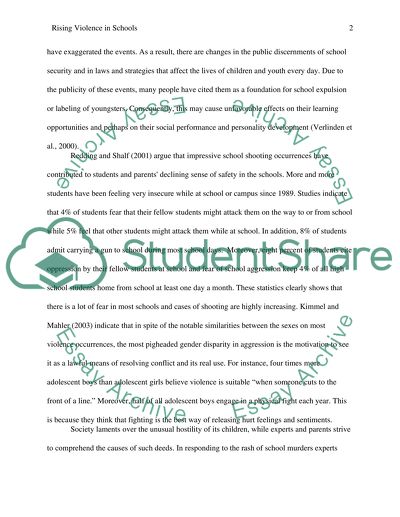Cite this document
(“Rising Violence in the Schools Research Paper Example | Topics and Well Written Essays - 1750 words”, n.d.)
Retrieved from https://studentshare.org/law/1426189-the-rising-violence-in-the-schools
Retrieved from https://studentshare.org/law/1426189-the-rising-violence-in-the-schools
(Rising Violence in the Schools Research Paper Example | Topics and Well Written Essays - 1750 Words)
https://studentshare.org/law/1426189-the-rising-violence-in-the-schools.
https://studentshare.org/law/1426189-the-rising-violence-in-the-schools.
“Rising Violence in the Schools Research Paper Example | Topics and Well Written Essays - 1750 Words”, n.d. https://studentshare.org/law/1426189-the-rising-violence-in-the-schools.


